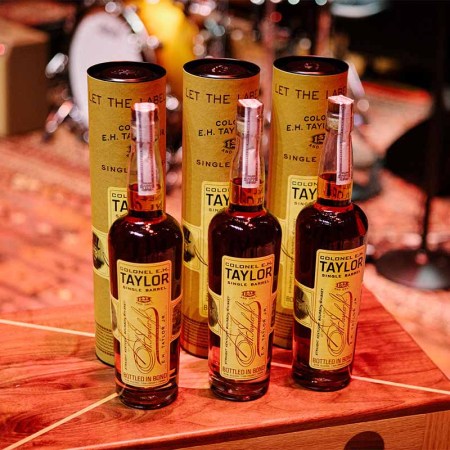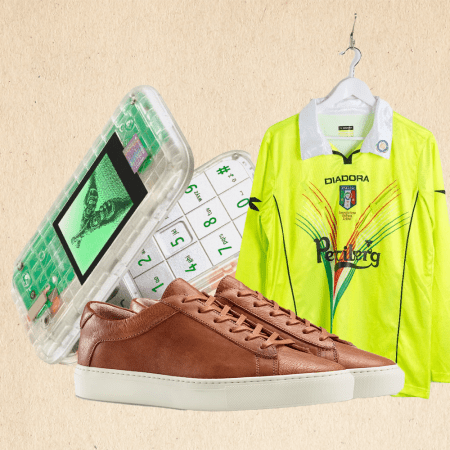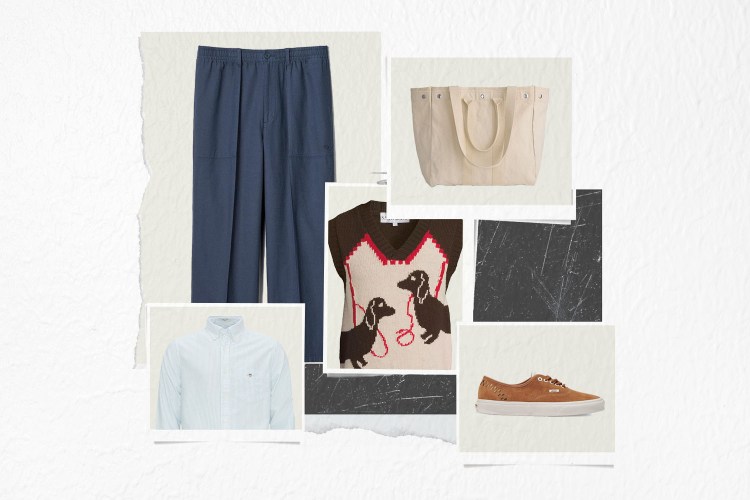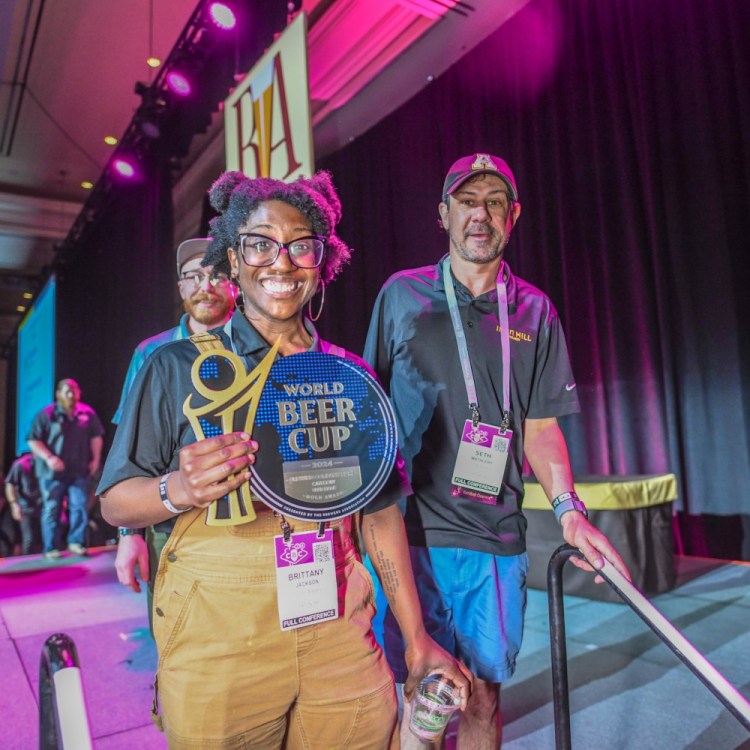At the start of a recent tour of Bardstown Bourbon Company, my guide made the raison d’etre of this Kentucky distillery crystal clear: This operation was conceived as an alternative to MGP. Specifically, when millionaire co-founder Peter Loftin decided to get into the whiskey game in 2014, he wanted to release bourbon made in Kentucky instead of MGP’s home of Indiana.
For those who might not be as familiar with that whiskey minutiae — or those initials — let’s back up. MGP is the factory-like distillery in Indiana that has been the source of so much whiskey bottled by other brands over the years, including well-known names like Bulleit, Dickel, Templeton and many others. The reason for sourcing or contract distilling is that many whiskey brands don’t actually have their own distilleries, at least when they are first starting, so they buy their juice from elsewhere (like MGP) and slap a label on it.
There’s nothing wrong with this practice — it’s practically as old as the American whiskey industry itself. But for too long, brands were not transparent about it, often making up bogus stories about their liquid’s history, which left a bad taste in whiskey fans’ mouths. Fortunately, transparency has improved somewhat in recent years.
Bardstown Bourbon Company is a relative newcomer to the contract distilling scene, but it’s already made a significant impact in its first decade of existence. Like MGP, BBC has its own line of whiskeys. However, the majority of production is focused on contract distilling for other brands — about 80 percent, according to VP of product development Dan Callaway. Walk around the distillery’s giant cookers, and you’ll see a list of the brands on a dry-erase board that are in production that day. On a recent visit, I saw names like Hotaling, Kentucky Owl and Buzzard’s Roost, and not one person rushed over to furiously rub these words out before I could jot them down. Refreshing, to say the least.
“In 2016, this distillery could have been built anywhere,” says Callaway. “But it was intentional to come to Bardstown, to be surrounded by all the history, and then give it a modern take.” He points to the fact that the distillery has more than 500 points of production and over 60 different recipes in its arsenal, offering about 30 partner brands plenty of whiskey options. “We can dial in the temperature, the grain, how it’s coming off the still, any sort of customization. We produce for a brand that uses different varieties of popcorn to make bourbon. There’s no other distillery that will do that for you with that level of customization.”

For Callaway, the concept of transparency extends to the physical design of the distillery. “That’s really why it was built with an all-glass front looking in,” he says. “Transparency is also in the packaging. On all our products you see the recipe, the mashbill, the age. This is an industry built on a lot of myths and legends, but we have a different take.” The level of transparency is not absolute, of course, but it’s much better than you’ll find at most other distilleries. For example, BBC will tell you the state a whiskey it sourced for blending was made in, but not the actual distillery (NDAs and legal agreements prevent that).
The 20 percent of production that goes towards making its own BBC whiskeys has resulted in some fantastic expressions. Most of the portfolio is either a blend of sourced and in-house distilled whiskeys (the Fusion and Discovery Series), or that same combination finished in different types of barrels (the Collaborative Series). Both are good, but the latter really stands out, with recent expressions including whiskey finished in barrels sourced from Amaro Nonino, Goose Island and Foursquare Rum. Then there’s the more recent Origin Series, a trio of whiskeys that was produced entirely in-house, from mash to maturation. There’s a high-rye bourbon, a bottled-in-bond wheated bourbon and a rye whiskey finished in hybrid American oak and cherry wood barrels for six months. That last whiskey is made from a 95 percent rye mashbill, just like the one MGP uses in Indiana, but the liquid couldn’t be more different. That classic black pepper spice mixed with fruit flavor is still there, but the BBC whiskey drinks almost more like a Kentucky-style rye with a much softer palate.
The Unicorns of Dusty Booze
The most sought-after bottles of bourbon, rum, tequila and more, according to Aaron Goldfarb, author of “Dusty Booze: In Search of Vintage Spirits”A truly unique and exciting feature at the distillery is the Vintage Library tucked away behind the restaurant, where you’ll find a whiskey nerd’s dream collection of dusties. There are some high-priced and highly coveted pours available to purchase, like eight-year-old Old W.L. Weller from 1949, Old Overholt from the early 20th century and the whiskey I got to try, 10-year-old Old Crow Chessman from 1969. Normally the only place you’ll see other brands’ labels at a distillery is in the lab where blenders and distillers keep a reference library of other whiskeys, but these are all available for consumers to purchase.
If you have not yet been to Bardstown Bourbon Company or had a chance to try its whiskeys, the distillery is bringing its new House of Bardstown popup to Nashville and Dallas this spring. I had a chance to attend the launch of this multimedia sensory experience in Louisville last month, and it is indeed quite the whiskey wonderland. Each room had a different theme and cocktails to match — a steel drum band played next to a tropical-themed Foursquare bar with drinks made with that expression, the Goose Island Lounge featured a jazz duo accompanying drinks made with that cask-finished whiskey and the Origin Room was pouring the in-house distilled Origin Series. The most interesting room by far, however, was the Discovery Lab where Callaway led a short blending experiment and I got to try what might be the best whiskey pairing ever: Pop Rocks with a bourbon chaser. Trust me, this was a really fun combination, and something you can easily recreate at home.

All of this is not to say that BBC is better than MGP, a distillery that makes some fantastic whiskey, particularly in the rye category. But 10 years after its founding, Bardstown Bourbon Company has earned its reputation as being a top-tier option for contract distilling and an excellent whiskey brand in its own right. And according to Callaway, there is still plenty of room for growth. “I think we’ve barely scratched the surface of what we can do,” he says. “All roads were leading to launching the Origin Series, and I think we punched out of our weight class with these incredible, innovative expressions and really raised awareness of the brand. But we have such a long runway to grow this thing.”
Join America's Fastest Growing Spirits Newsletter THE SPILL. Unlock all the reviews, recipes and revelry — and get 15% off award-winning La Tierra de Acre Mezcal.

























